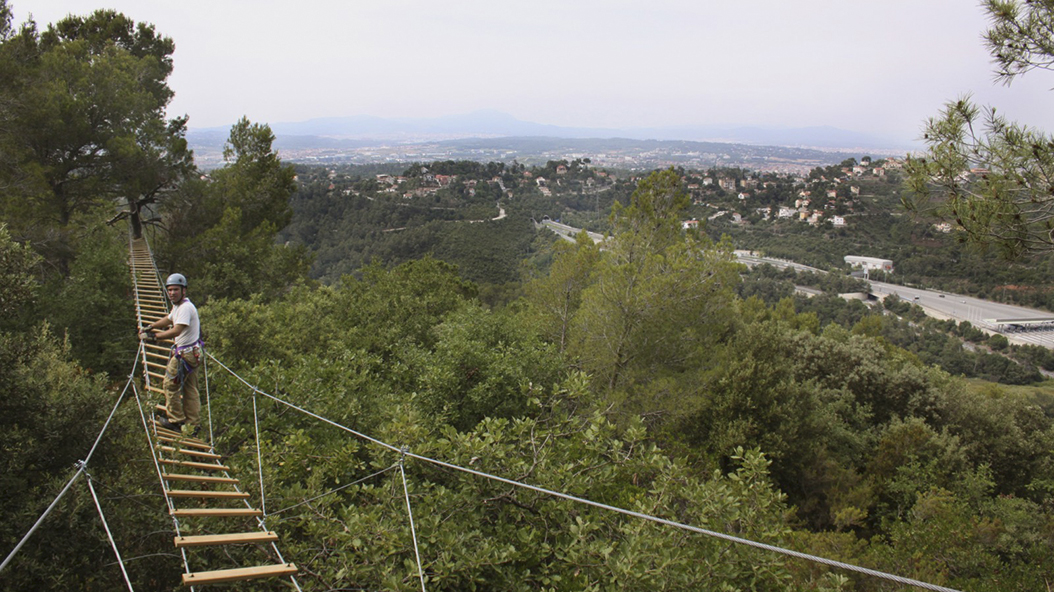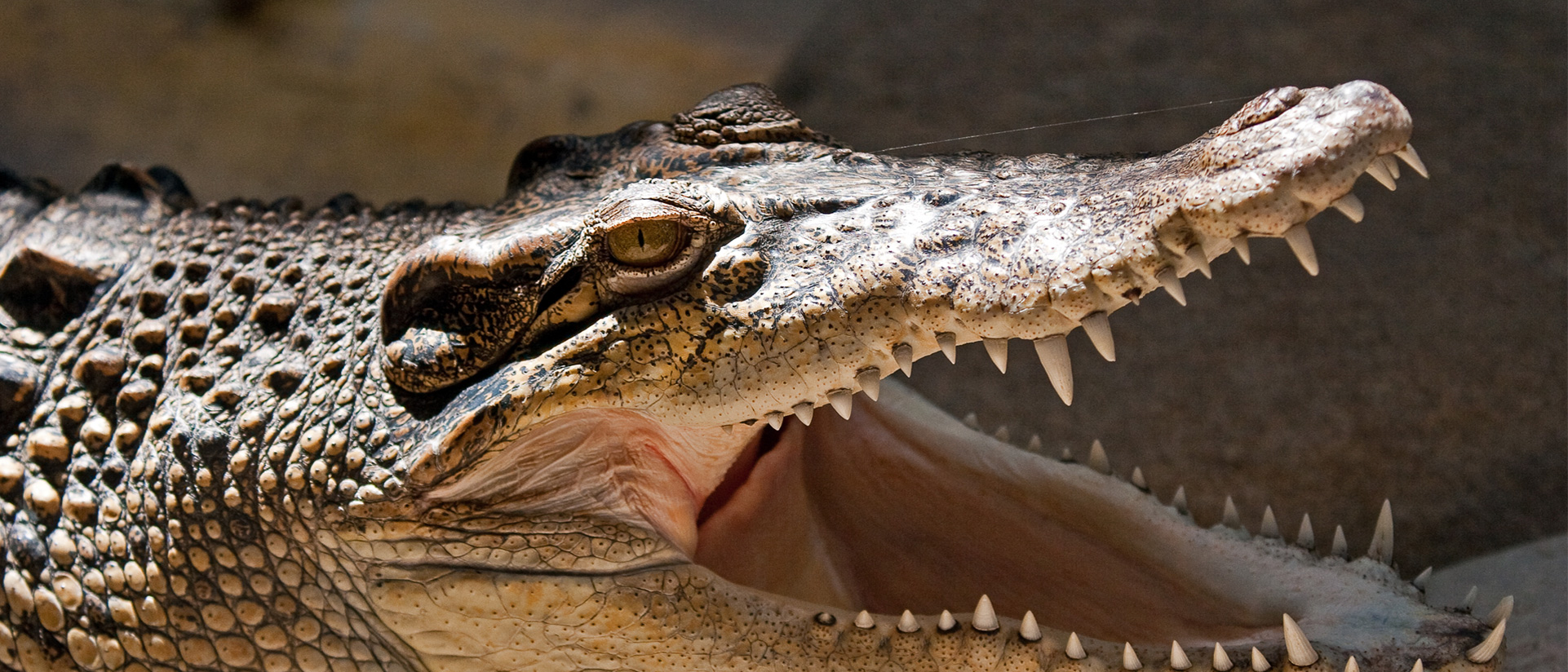Collserola Insects
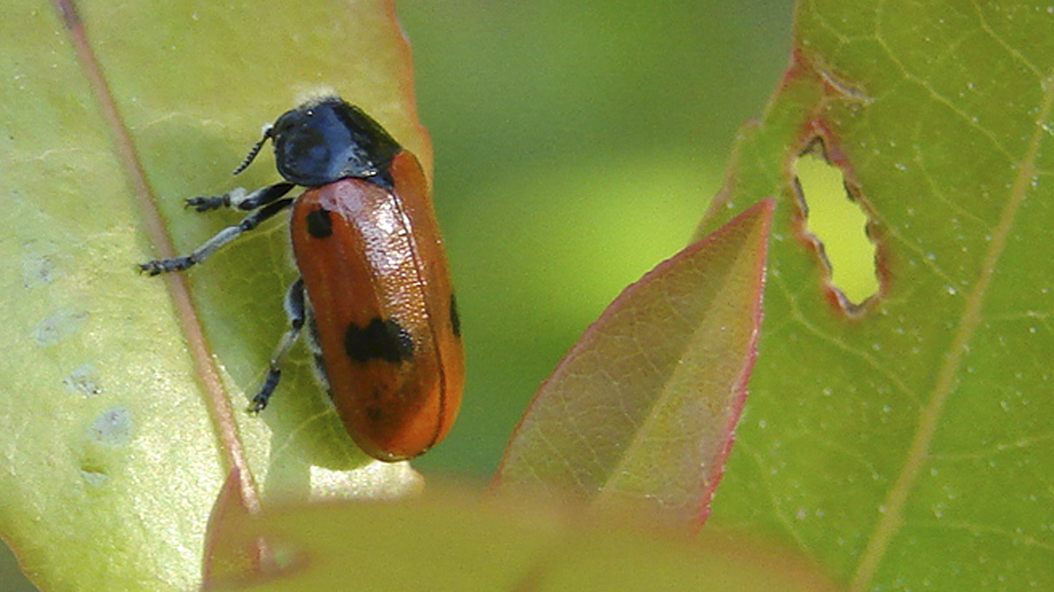
Main researcher: Jorge Luís Mederos López
Institution: Natural Science Museum of Barcelona
This study is a long-term monitoring of the most diverse and predominant arthropod groups, particularly of insects, which started on January 2009 at the Serra de Collserola Natural Park. The importance of this location lies on the fact that it represents, apart from Barcelona’s lung, a shelter for Mediterranean fauna and an intermediate area between different natural parks. These kind of studies help define the strategies to follow in ecosystem protection when signs of deterioration are detected, either by the reduction of certain naturally abundant taxons so far, or by the proven negative anthropic activity.
This park is surrounded by many transport infrastructures (roads, motorways, train rails). In addition, human presence within the mountains is high due to, among others, the leisure component. All these elements can have a more or less negative impact on the health of the ecosystem. For this reason, and to be aware of the conservation status of the natural area, it is essential to carry out a study on arthropod organisms, for they are the basis of the maintenance of any ecosystem. The results can be used to design management plans that allow the preservation of Barcelona’s lung and future generations’ natural heritage.
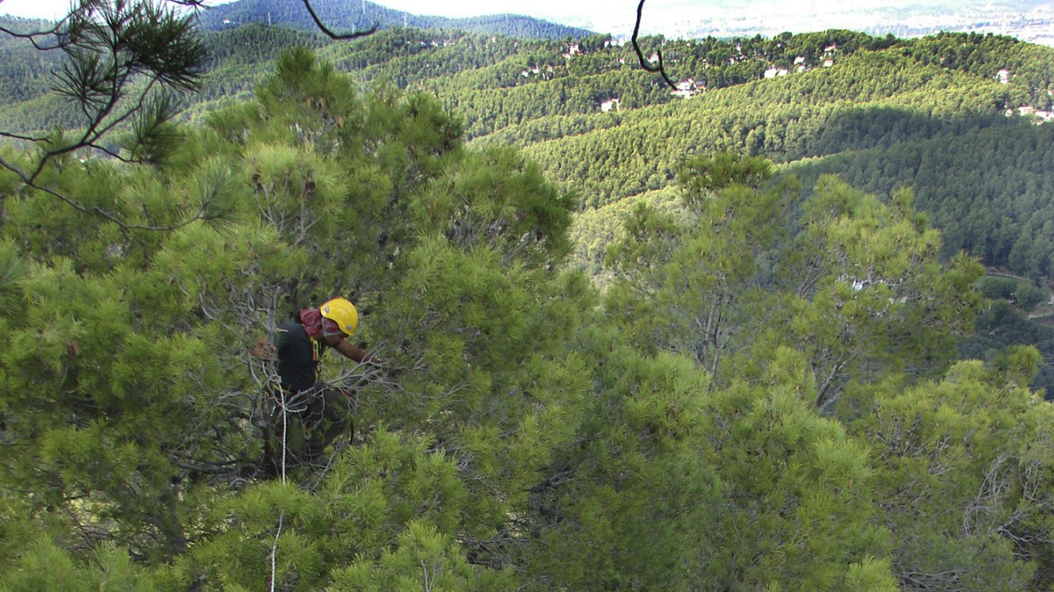
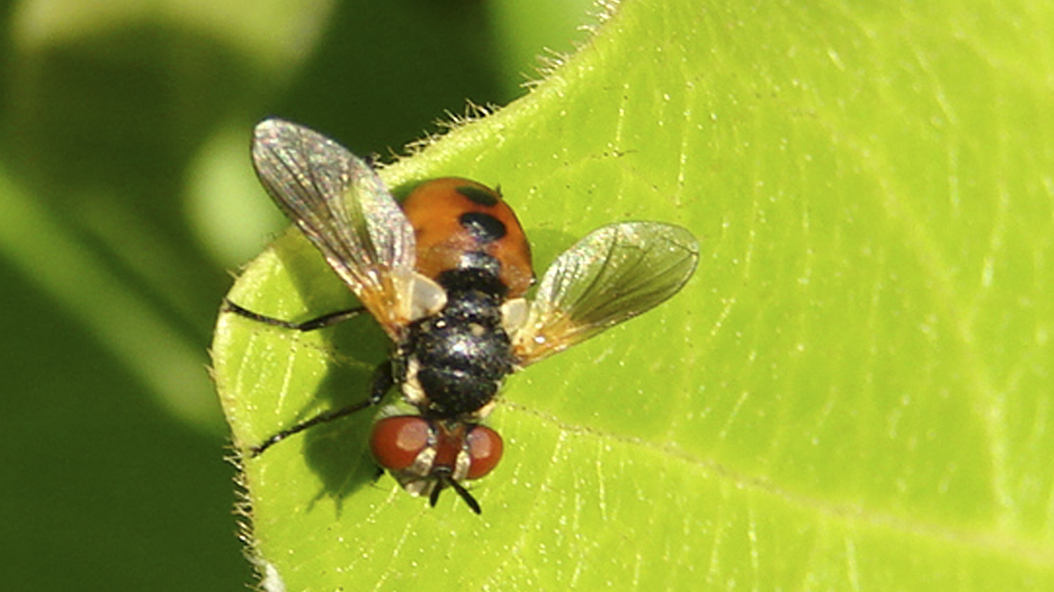
Safe non-destructive access to the forest cover is the main precursor of all the studies of the research, by reducing to the minimum any damages to plants and the studied organisms. Systematic samplings of the insect fauna are carried out, which are later analysed in the laboratory, in order to identify the species, their phenology and their importance for the studied ecosystem. Invertebrates constitute, in the wild, an important part of the natural diet of vertebrates living in the Mediterranean area, and for either amphibians, reptiles, birds and mammals it is a trophic resource available all year long. To complement the species’ phenology with weather information of the studied area is key to interpret the presence-absence and activity of the species in the ecosystem.
This project can be regarded, as well, as a platform from where collaboration links can be established, between pedagogic and research institutions, universities and social organizations with common interests, such as the study and knowledge of the natural environment, and the education of new generations on the common effort for the protection and respect of our heritage.
